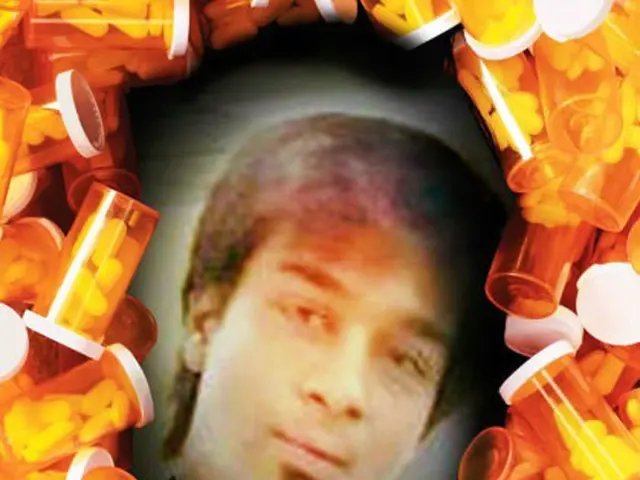Schizophrenia Classifications: An Examination of Their Existence and Relevance Today
Schizophrenia, a complex and serious mental health disorder, affects millions of people worldwide. According to the DSM-5-TR, the diagnostic criteria for schizophrenia require the presence of two or more key symptoms for at least one month, with significant impairment in functioning.
The primary symptoms include delusions, hallucinations, disorganized speech, grossly disorganized or catatonic behaviour, and negative symptoms such as diminished emotional expression or avolition. At least one of the symptoms must be delusions, hallucinations, or disorganized speech. The disturbance must last for at least six months, including at least one month of active symptoms as mentioned above, and support social, occupational, or self-care impairment.
The DSM-5-TR further categorizes schizophrenia symptoms as positive (delusions, hallucinations, disorganized thinking and behaviour) and negative (blunted affect, alogia, avolition, asociality, anhedonia).
To receive a schizophrenia diagnosis, a person must show at least two key symptoms for a significant period. If an individual experiences catatonia, they may receive a diagnosis of schizophrenia with catatonia. Notably, subtypes of schizophrenia, such as paranoid, disorganized, or catatonic, have been eliminated in DSM-5-TR, focusing instead on symptom severity and course.
Mental health professionals use the same criteria to diagnose schizophrenia in adults and children. However, schizophrenia is less common in children, and conditions like childhood-onset schizophrenia or early onset schizophrenia may be used to describe it.
Treatment for schizophrenia focuses on helping people manage their symptoms and maintain their day-to-day routine. This may include antipsychotic medications, benzodiazepines, and therapy such as CBT. Clozapine, a type of antipsychotic drug, may be prescribed for a person who does not respond well to other antipsychotic medications.
People with schizophrenia may have comorbidities such as depression, anxiety disorders, substance use disorder, obsessive-compulsive disorder (OCD), with an average comorbidity rate of 23%. A doctor will ask a person about their symptoms and how long they have been experiencing them, and may also ask about family history and the worsening of symptoms over time.
Individuals with schizophrenia may face an increased risk of other conditions like cardiovascular disease and respiratory disease due to a higher incidence of smoking and decreased engagement in health-promoting behaviours. They also have an increased risk of premature death, with an average potential life loss of 28.5 years in the U.S. and a suicide rate of approximately 4.9%.
It's important to note that mental health professionals use the DSM-5-TR to diagnose schizophrenia, and they exclude other conditions such as schizoaffective disorder and depressive or bipolar disorder with psychotic features. A full psychiatric history and blood and urine tests may be conducted to rule out other possible causes of the symptoms.
In summary, schizophrenia diagnosis according to DSM-5-TR hinges on the presence of characteristic psychotic symptoms for a specified duration, accompanied by functional decline, with exclusion of other causes. At least one-third of people with schizophrenia experience complete remission of their symptoms.
- Schizophrenia, a mental health disorder, is linked to an increased risk of comorbidities such as depression, anxiety disorders, and even obsessive-compulsive disorder (OCD).
- The predictive modeling in health-and-wellness research suggests that people with schizophrenia may also be prone to certain physical conditions like diabetes, obesity, and cardiovascular disease due to lifestyle factors like smoking.
- The DSM-5-TR mentions that schizophrenia affects millions worldwide, and despite advancements in science, it still requires a specific movie of symptoms, including delusions, hallucinations, and disorganized speech, for a significant period to secure a diagnosis.
- Interestingly, schizophrenia diagnosis no longer includes subtypes like paranoid, disorganized, or catatonic, but rather focuses on symptom severity and course.
- When diagnosing schizophrenia, mental health professionals consider the impact of the disorder on a person's mental health and wellness, including potential negative symptoms such as avolition (lack of motivation) or anhedonia (inability to feel pleasure).




